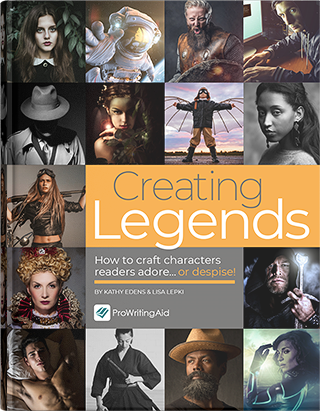
I have an embarrassing confession: Before I started writing and learning about the book industry (and had kids that read); I thought a chapter book was any book that had chapters. I can’t believe I’m admitting that!
A chapter book is so much more than a book with chapters. It’s a gateway to longer books for children who are still learning to read.
People often confuse middle grade and chapter books because middle grade books are also organized by chapters, but there are five important differences between these two book categories: reader age, book length, subject, point of view, and visual appeal.
Difference 1: Reader Age
Chapter books and middle grade books are designed with reading level in mind.
Middle grade books cater to more advanced readers and typically involve more complicated subject matter. They are also full-length novels with less white space than chapter books.
Because reading level in children varies, there will always be some overlap in the ages of readers. As a rule of thumb, chapter books are typically written for children ages 5 to 10 whilst readers of middle grade books are generally ages 7 to 12.
Difference 2: Book Length
Chapter books bridge the gap between early reader books and middle-grade novels. A chapter book generally ranges from 5,000 to 20,000 words, but I’ve even seen some sites refer to the length of chapter books as 2,000 to 10,000 words. Examples include series like Junie B. Jones and Captain Underpants.
Middle grade books range from 20,000 to 60,000 words. Examples include the Harry Potter books, Counting by 7s by Holly Goldberg Sloan, and The Lightning Thief by Rick Riordan.
While there is always variation in book length by genre, middle grade books are full-length novels and chapter books are not.
Difference 3: Subject
What is your story about? Chapter books focus on the external events in a story. They often look at important times in children's lives as they are growing up. The characters in chapter books are younger than those in middle-grade novels and story themes in chapter books deal with less complicated subject matters.
Middle-grade books deal with more complicated subjects and include more character development than chapter books. There is often a cast of secondary characters in middle grade books.
You want your protagonist’s age to be the same or older than your intended readers, so choose a subject that will appeal to children at that age.

Difference 4: Point of View
Chapter books are almost always written in the third-person point of view where middle grade books can be written in the first or third person. An important consideration for deciding on which point of view to write your story is how will you best be able to tell it.
The protagonist of a chapter book is younger than a protagonist in a middle grade book and often will not have the same internal thoughts as a younger character. Depending on your story, you may not need to include a lot of thoughts and feelings from your character. If this is the case, you might want to use the third person. If you do, then it’s easier to accomplish this with a first person point of view.
Difference 5: Visual Appeal
Chapter books can vary in level of visuals, with some chapter books including many illustrations and others only one per chapter. The Diary of a Pug and Captain Underpants series are examples of chapter books that include lots of illustrations. Middle grade books rarely include visuals beyond the cover, but there are always exceptions to the rule.
Takeaways
While there will always be overlap between middle grade and chapter books because of reader ability, these five differences will help you when determining what category your book falls into. The key is to always keep your readers in mind.
Chapter books are the first books that kids will read that have been divided into chapters. They are more straightforward in terms of story, are shorter, and often include illustrations. Middle grade books are more appropriate for stronger readers ready to experience stories with more complicated subject matters and who no longer require illustrations to break up the text. Because of readers’ tastes and abilities, there will always be overlap between these two book categories.
Want to Learn More?
For quick reference, this blog post by Emma Walton Hamilton includes a handy chart comparing the differences between middle grade and chapter books. You can also check out How to Write a Children’s Book to learn more about the differences between other types of children’s books.


